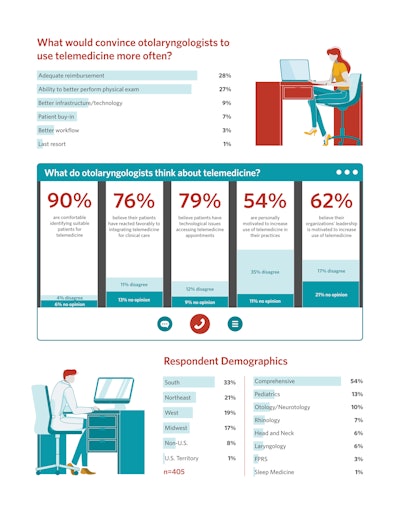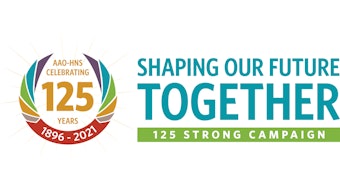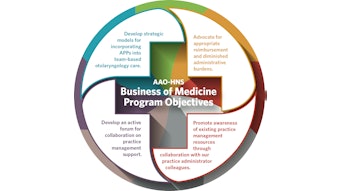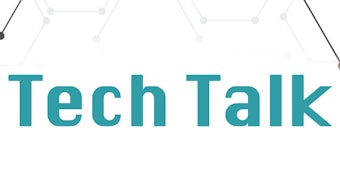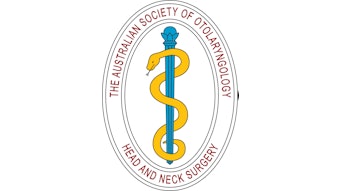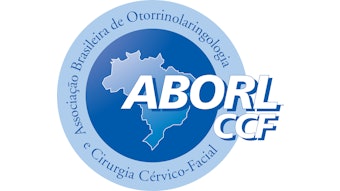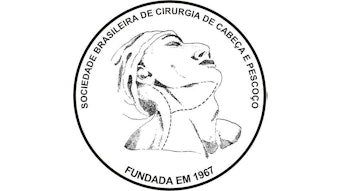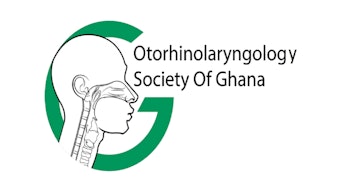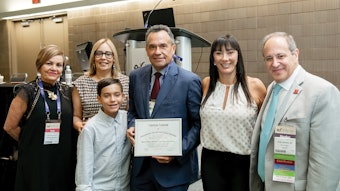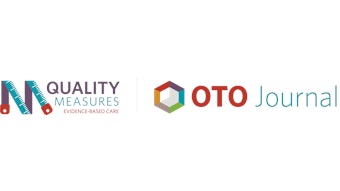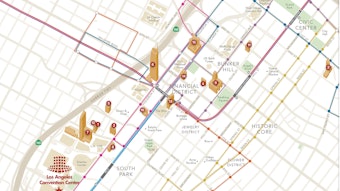Tele-otolaryngology: Through the Pandemic, and Beyond | Interim Findings of the Study of Telehealth in Otolaryngology
The COVID-19 pandemic created a set of conditions that served as an accelerator for telemedicine over the past year.
AAO-HNS Telemedicine & Telehealth Working Group

These are questions we seek to answer with the Telehealth in Otolaryngology study. The aims of this study are:
- To understand tele-otolaryngology practice patterns
- To identify barriers to tele-otolaryngology use
- To identify ways that the AAO-HNS can support providers
- To define potential use cases for tele-otolaryngology for future outcomes studies
We performed an interim analysis of data collected to date from 405 respondents. The following are a few key findings:
- Tele-otolaryngology will see sustained use post-pandemic. Of 282 (70%) who answered questions about practice volume, 99% reported increased use of telemedicine during the pandemic. Eighty-eight percent reported that they intend to increase use of telemedicine post-pandemic, compared to pre-pandemic. Sixty-five percent had not used telemedicine prior to the pandemic. Among these telemedicine-naïve providers, 85% reported that they intend to continue using telemedicine after the pandemic.
- Providers, patients, and organizations have developed some degree of comfort with telemedicine. Ninety percent of providers are comfortable identifying patients appropriate for telemedicine visits, and 76% believe that patients have responded favorably to the use of telemedicine as part of their care. Fifty-four percent are personally motivated to increase telemedicine use, and 62% believe their organizations are motivated to increase use. Meanwhile, a majority do not believe that telemedicine will contribute to their burnout.
- Barriers and concerns: Reimbursement, ability to perform physical exam, and infrastructure and technology are the three top barriers to telemedicine use.
Thank you to those who participated in this pilot phase of the survey. We are grateful to learn from your experiences. The next phase of the survey will expand representation, incorporating input from a broader constituent base while capturing the evolving perspectives shaped by the latest stages of the pandemic. Please watch for an email invitation to participate. We appreciate your help in informing how we can help develop practices to safely and effectively care for patients remotely.
AAO-HNS Telemedicine & Telehealth Working Group:
Jessica R. Levi, MD; Victoria X. Yu, MD; Anthony Y. Cheung, MD; Jonathan Overdevest, MD, PhD; and Douglas M. Hildrew, MD
